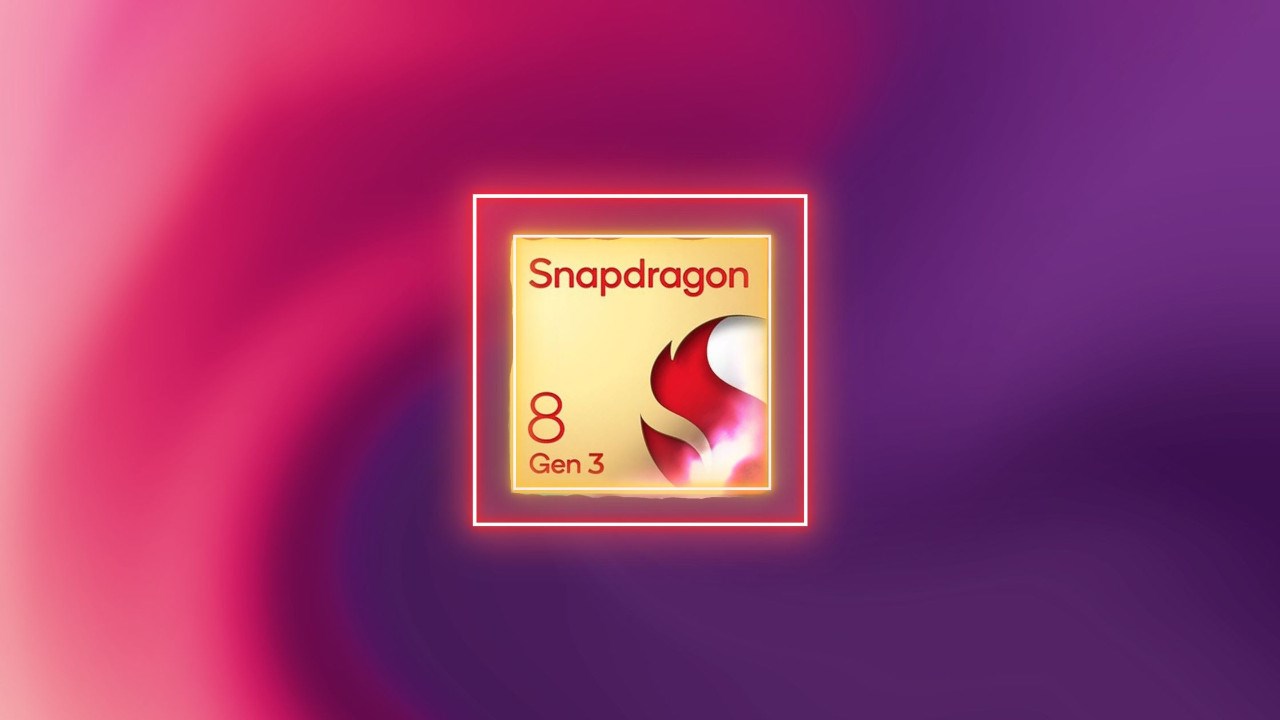The high level of competition in the smartphone world also triggers development in the mobile processor industry. Qualcomm, one of the most successful players in the industry, is putting the finishing touches on its flagship Snapdragon 8 Gen 3, which will power the most powerful phones in the Android world.
Snapdragon 8 Gen 3 will have 3nm and 4nm variants
The processors of the best models of the smartphone industry were produced in the 4nm production process. Currently, only the iPhone 15 Pro and iPhone 15 Pro Max use 3nm processors in the industry. Qualcomm is about to take an important step on the Android side. According to the information received, Snapdragon 8 Gen 3 will be available in 3nm and 4nm options.
Qualcomm’s flagship processor will be introduced at the event to be held on October 24. The processor will be included in many smartphone models, from the Vivo X100 series to the Xiaomi 14 series. Many performance tests of the processor have appeared before. The model promises higher performance compared to its predecessor.
Many details about the processor have previously come to light. According to this information, Snapdragon 8 Gen 3 has one Cortex-X4 prime core with a clock speed of 3.19 GHz, five Cortex-A720 performance cores with a clock speed of 2.96 GHz and two Cortex-A520 efficiency cores with a clock speed of 2.27 GHz. will be.

The currently used Snadpragon 8 Gen 2 has Cortex-X3 architecture and operates at 3.2 GHz. This means that performance will be directly affected in daily use. In addition, the new processor is expected to have a 1+5+2 architecture, including one “super large” core, five “large” cores and two “small” cores.

